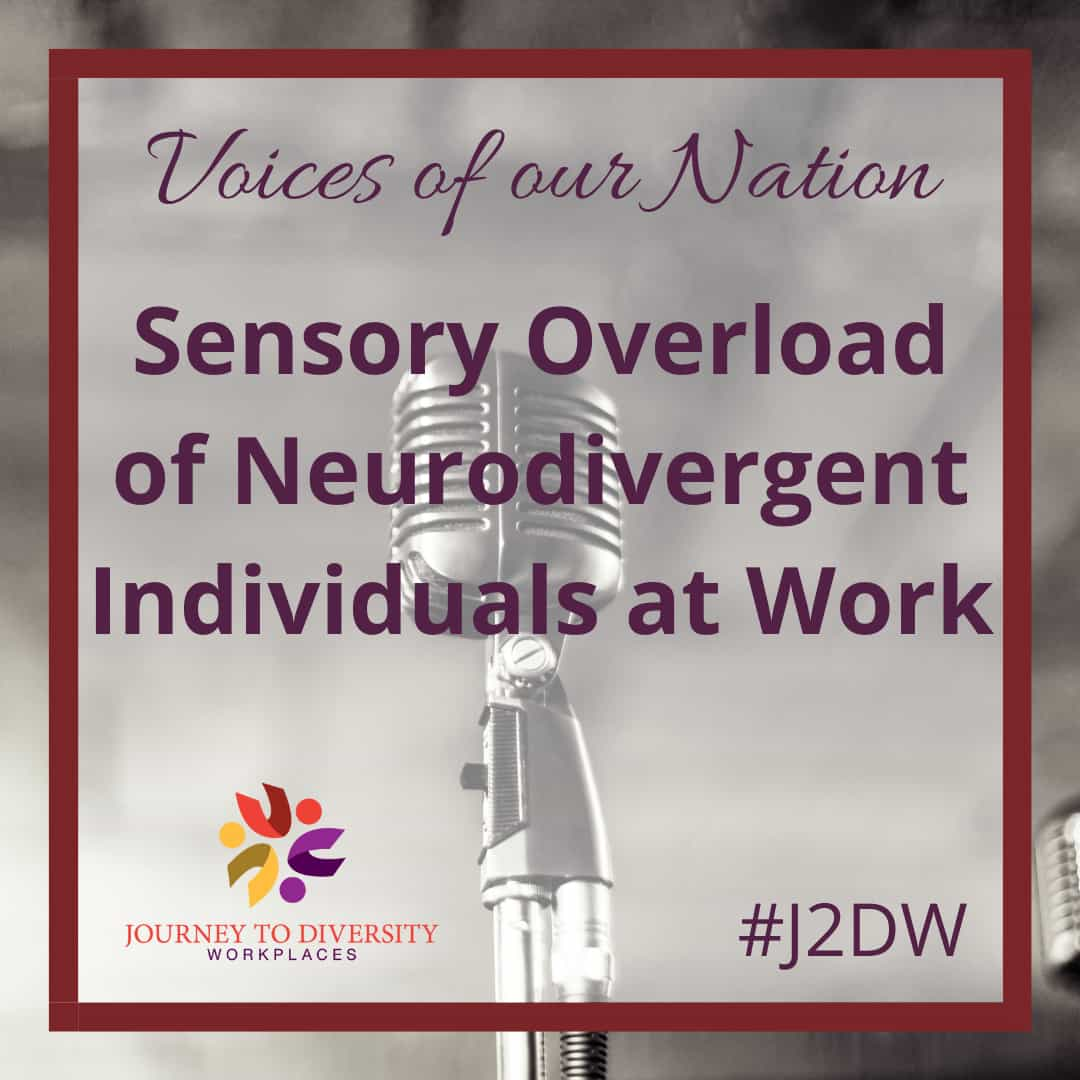The crinkling of papers. A soft humming of the heater. The clicks of a printer. Marissa’s side conversations near the window. Jason’s Dr. Martens thumping against the floor. Persistent whistling so faint that it goes unnoticed by most. Arrhythmic flashing of the broken overhead light. Fingers clattering against keys on an old keyboard. Laughter. Someone sneezed. Bless you. They’re clearing their throats. 4:45 pm. It’s hard to breathe. You wait. Eyes on the screen. Few more minutes. 4:55 pm. Breathe in. Breathe out. 4:59 pm. Blink. Breathe. 5:00pm. A blank document stares back at you. Last edit was 7 hours ago. You turn off the computer, grab your bag and phone, put on your headphones, and speed out the door.
To most of us, the background noises and unintelligible chatter that come with being in public or at work are just that: background noise. For others, however, it can be a trigger, causing frustration, irritation, anxiety, restlessness, and fear, to name a few. When the five vital senses— sight, smell, touch, taste, and sound—receive more sensory input than the brain is able to process, an individual experiences sensory overload (Brennan, 2021). Little things that usually linger in the background suddenly become extremely noticeable, like the texture of a sweater, the flickering of lights, or the sound of heels against the marble. How is a person meant to focus on responding to their boss’s inquiry when a million little things are buzzing around their brain?
Many neurodivergent people tend to be susceptible to sensory overload due to a hypersensitivity to sensory information. Many individuals with Autism Spectrum Disorder, ADHD, dyslexia, and dyspraxia experience the effects of sensory overload as a product of their neurodivergence in their daily lives (Shaikh, 2021). Different people may have different types of sensory triggers and their own unique reactions to these triggers, which, in turn, affect their mental state throughout the work day.
Some common external responses to sensory overload from ND individuals that you can notice include: covering of ears, anxiously bouncing knees, instinctively running out of a loud setting to a quieter environment, and an inability to breathe (Shaikh, 2021). The amplification of minute behaviours in the ecosystem of the workplace causes ND employees to focus on the sensory details, rather than their work, thus decreasing efficiency.
A friend of mine with ADHD shared an anecdote of some of the most stressful weeks of her life while working at a small financial management company. She would spend hours typing countless versions of the same email or re-reading the same document without actually processing the information because her coworker was chewing too loudly, or the broken heater was too noisy. When tasks weren’t checked off on her to-do list, my friend went home feeling lazy and unproductive and returned to work the next day discouraged and irritated with herself and her workplace.
Similar to my friend, many ND people get severe headaches, lose motivation in their work due to the frustration caused by an inability to concentrate, and find it challenging to communicate and build connections with coworkers. When a person is not in a positive state of mind and they feel uncomfortable in their environment, it becomes increasingly difficult for them to show genuine interest in other people, nourish work relationships, and collaborate in a professional setting. These unfortunate consequences of sensory overload only push harmful stereotypes that hiring ND people is a disadvantage to the workplace. In reality, though, workplaces are not an accommodating environment for anyone who is not neurotypical. Think of the talented, hardworking individuals you have, or will lose, because your workplace is an unbearably sensory environment unsustainable for ND people to thrive in.
However, it must be noted that even though sensory environments cannot always be controlled in the favour of those with sensory issues, and those with sensory issues cannot always control their responses to such environments, a gentle balance can be reached.
Some ways to support ND people in the workplace include allowing them to utilize noise-cancelling headphones; assigning them a more secluded desk away from bathrooms, kitchens, common rooms, or printers; allowing them access to quiet work areas; and providing them with the freedom to change environments (e.g. go for a quick walk) when overstimulated. Employers can also be more strict with workplace policies regarding where conversations should be held, assign specific eating areas, enforce a regulated speaking volume, and minimize possible workplace distractions. When fellow employees are mindful of their ND peers’ boundaries and limitations, ND individuals feel accepted and respected for who they are, rather than ostracized for their differences. A work environment that acknowledges and actively supports all of its employees is bound to flourish in performance, innovation, and efficiency.
Sources
Brennan, D. (2021, May 18). Sensory overload: How this condition can trigger anxiety and more. WebMD. https://www.webmd.com/balance/what-is-sensory-overload-with-anxiety
Shaikh, J. (2021, October 20). What does sensory overload feel like? autism, ADHD, PTSD. MedicineNet. https://www.medicinenet.com/what_does_sensory_overload_feel_like/article.htm
This article was written by summer student Ilesha Prabhudesai and edited by summer student Cossette Penner-Olivera. This article was funded by the Government of Canada.

